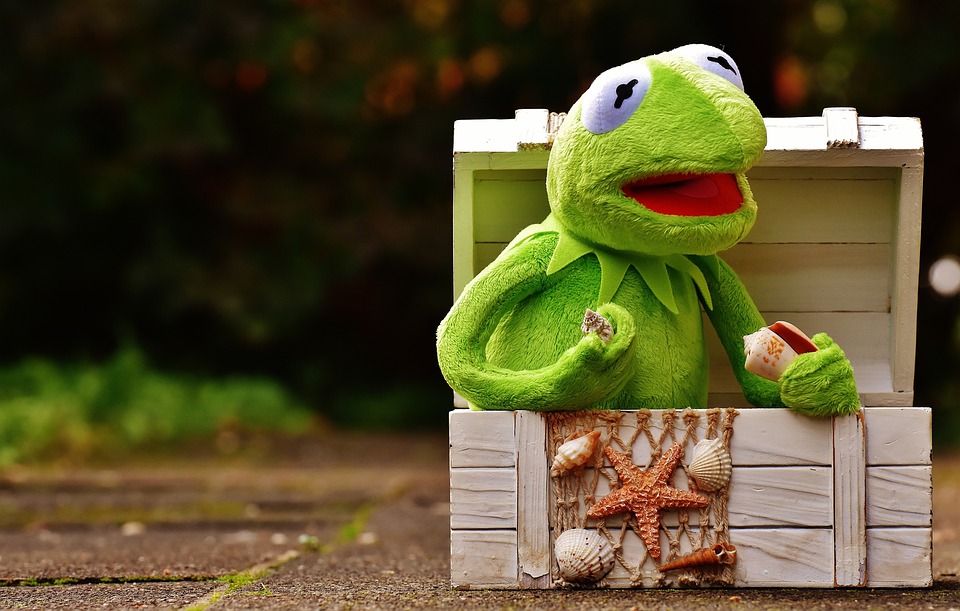Fish tank enthusiasts often find themselves fascinated by the feeding behavior of their aquatic companions. While it may seem like a simple task, understanding the feeding habits of fish is crucial for maintaining their health and well-being. In this comprehensive study, we will delve into the various aspects of fish feeding behavior, including the factors influencing their appetite, feeding techniques, and feeding frequency.
Factors Influencing Fish Feeding Behavior
One of the key factors that influence fish feeding behavior is their species-specific dietary preferences. Different fish have different nutritional requirements and may prefer certain types of food over others. It is important for fish tank owners to research the dietary preferences of their specific fish species and provide appropriate food accordingly.
The tank environment and water quality also play a significant role in fish feeding behavior. Fish thrive in clean and well-maintained tanks with proper water parameters. Poor water quality can lead to stress and loss of appetite in fish, affecting their feeding behavior.
Temperature and lighting conditions can also impact fish feeding behavior. Some fish species prefer warmer water temperatures, while others thrive in cooler temperatures. Additionally, the lighting conditions in the tank can affect their appetite and feeding patterns.
Social interactions within the tank can also influence fish feeding behavior. Aggressive or dominant fish may hog the food and prevent others from eating, leading to malnutrition and poor health in the tank.
Feeding Techniques for Different Fish Species
Different fish species have different feeding techniques. Some fish are surface feeders, such as guppies, betta fish, and hatchetfish. These fish prefer to feed on food that floats on the water’s surface. Providing floating fish food or flakes is ideal for these species.
Mid-water feeders, such as tetras, danios, and rasboras, prefer to feed in the middle of the tank. Sinking fish pellets or flakes are suitable for these fish, as they will sink to the middle of the tank where these fish can easily access them.
Bottom feeders, such as corydoras, plecos, and loaches, feed on food that sinks to the bottom of the tank. Suitable food for these fish includes sinking pellets or wafers that can be placed on the tank’s substrate.
Determining the Right Feeding Frequency
Feeding frequency is an important aspect of fish feeding behavior. The age and size of the fish, as well as their nutritional requirements, play a role in determining how often they should be fed. Younger fish typically require more frequent feedings, while adult fish may thrive on two small feedings per day.
Fish metabolism rates also affect their feeding frequency. Some fish have faster metabolisms and require more frequent feedings to meet their energy needs.
Observing behavioral cues can also help determine the right feeding frequency for fish. If fish appear hungry and actively search for food, it may be an indication that they need to be fed more often. Conversely, if fish show no interest in food or refuse to eat, it may be a sign of overfeeding or poor health.
Common Feeding Mistakes and How to Avoid Them
There are several common feeding mistakes that fish tank owners should be aware of. Overfeeding is a common problem that can lead to obesity, poor water quality, and other health issues in fish. It is important to monitor the amount of food consumed within a few minutes and adjust accordingly.
On the other hand, underfeeding fish can lead to nutritional deficiencies and poor health. It is important to provide enough food to meet their dietary needs and promote proper growth and development.
Feeding incompatibility is another common mistake. Mixing fish with different dietary needs can lead to competition for food and malnutrition. It is important to research the dietary preferences of different fish species and provide appropriate food for each.
Using inadequate feeding tools, such as low-quality fish food or improper feeders, can also impact fish feeding behavior. It is important to choose high-quality fish food that meets their nutritional needs and use appropriate feeders to ensure the food is easily accessible to all fish in the tank.
FAQs (Frequently Asked Questions)
1. How often should I feed my fish?
The feeding frequency varies depending on the fish species. As a general guideline, most fish thrive on two small feedings per day, while some may require more frequent feeding.
2. Can I feed my fish with human food?
It is not recommended to feed fish with human food as it may contain ingredients that are harmful to their health. Opt for specialized fish food that meets their dietary needs.
3. How do I know if I’m overfeeding my fish?
Overfed fish may exhibit symptoms such as bloating, sluggishness, and poor water quality. Always monitor the amount of food consumed within a few minutes and adjust accordingly.
4. Is it necessary to provide a varied diet for my fish?
Yes, offering a diverse diet is crucial to meet the nutritional requirements of fish. Combining high-quality commercial fish food with occasional treats like live or frozen food can enhance their overall health.
5. Should I feed my fish during their resting period?
It is generally recommended to avoid feeding fish during their resting period, usually at night. Feeding during active periods ensures they have sufficient time to digest the food properly.
Conclusion
Understanding the feeding behavior of fish tank fish is essential for their overall health and happiness. By considering factors that influence their appetite, utilizing appropriate feeding techniques, and establishing the right feeding frequency, fish tank owners can promote optimal nutrition and prevent common feeding mistakes. Remember, a well-fed fish is a happy fish!
Disclaimer: The information provided in this article is for educational purposes only and should not replace professional advice. Always consult with a veterinarian or aquatic specialist for specific concerns regarding your fish’s feeding behavior.









